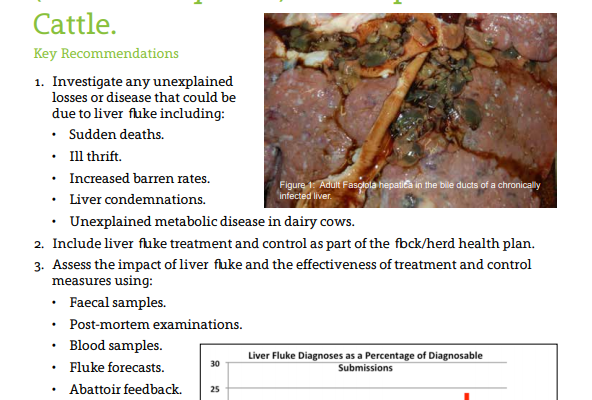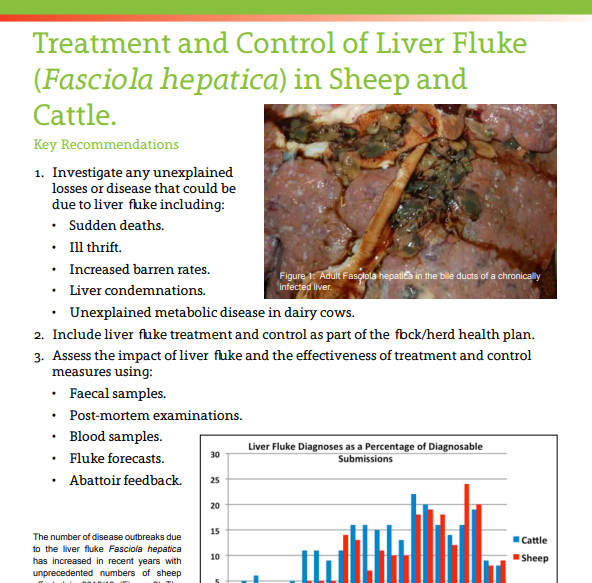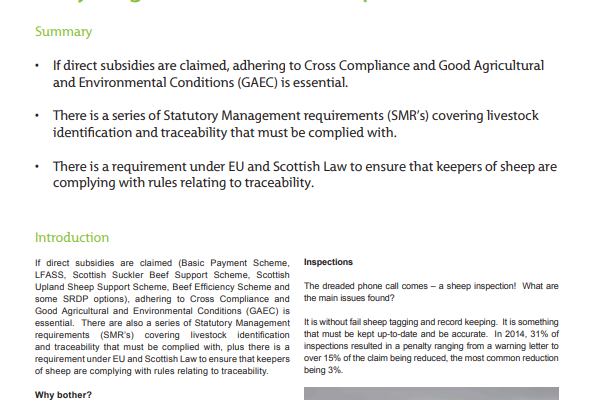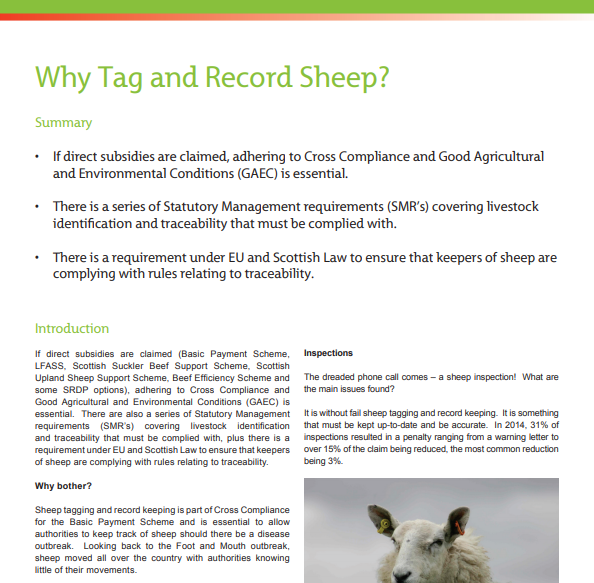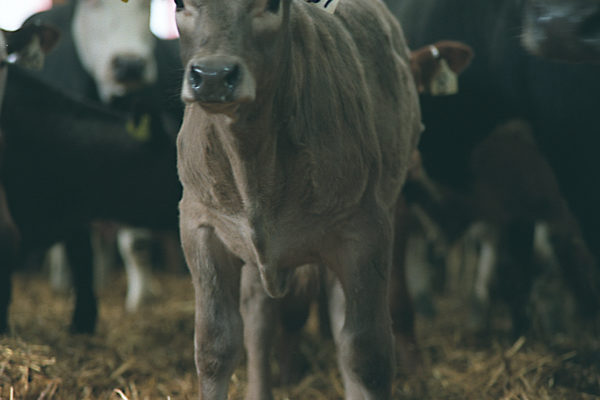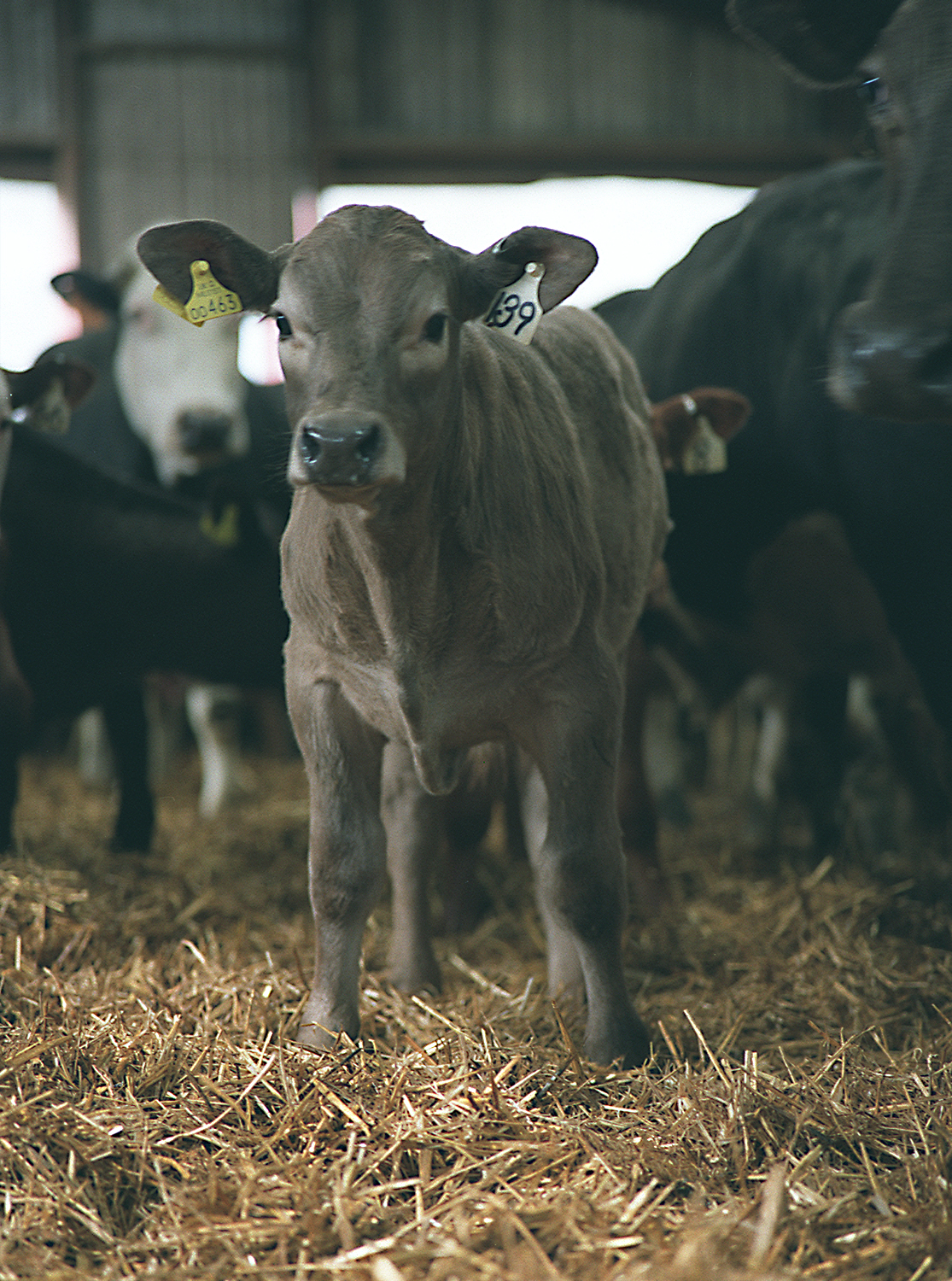Livestock
Technical Note (TN677): Treatment and Control of Liver Fluke in Sheep and Cattle
The number of disease outbreaks due to the liver fluke Fasciola hepatica has increased in recent years with unprecedented numbers of sheep affected in 2012/13.
Read More >Technical note (TN677): Treatment and control of liver fluke in sheep and cattle
The number of disease outbreaks due to the liver fluke Fasciola hepatica has increased in recent years with unprecedented numbers of sheep affected in 2012/13.
Read More >Technical note (TN676): Why tag and record sheep?
https://www.fas.scot/downloads/technical-note-tn676-tag-record-sheep/
Read More >Fed Up With Footrot?
When the weather warms up and more ewes are seen limping the cause is usually due to infection with footrot organisms that are temperature sensitive.
Read More >Sheep Staggers
Beware of staggers in sheep, prevention is always easier and more effective than cure.
Read More >Reducing the Risk of Coccidiosis
Lambs and calves become infected with coccidia by eating/drinking/sucking/licking food, water or objects that are contaminated with coccidial oocysts (eggs).
Read More >Mycoplasma infections in cattle
What are Mycoplasma?
Mycoplasma are small bacteria. There are over 125 different types, and several that are found on cattle. They are different to most other bacteria because they don’t have a cell wall around them. ‘Mycoplasma bovis’ is the most common type that can be associated with disease in cattle in the UK.
Read More >Liver fluke treatment of housed cattle
If you haven’t already treated your cattle for liver fluke it is worth having a serious think about it. The Food Standards Agency recently reported that in 2014 27% of cattle slaughtered in Scotland had their livers condemned because of fluke damage. Meanwhile AHDB Beef and Lamb have estimated that producers may be losing up to £90/head based on factors including increased finishing times and reduction in carcase weight/conformation.
Read More >Increased risk of Listeriosis from silage this year
Silage analysis this year has shown that in many cases the pH of the silage is higher than we would like it to be. Higher pH levels indicate the silage has fermented poorly. This can be as a result of the grass being wetter at the time of cutting. Silages with higher pH levels are less stable on storage and more prone to spoilage and bacterial growth. It should be remembered that drier silages/haylages will be more stable on storage so are less risky even if the pH levels are high.
Read More >
